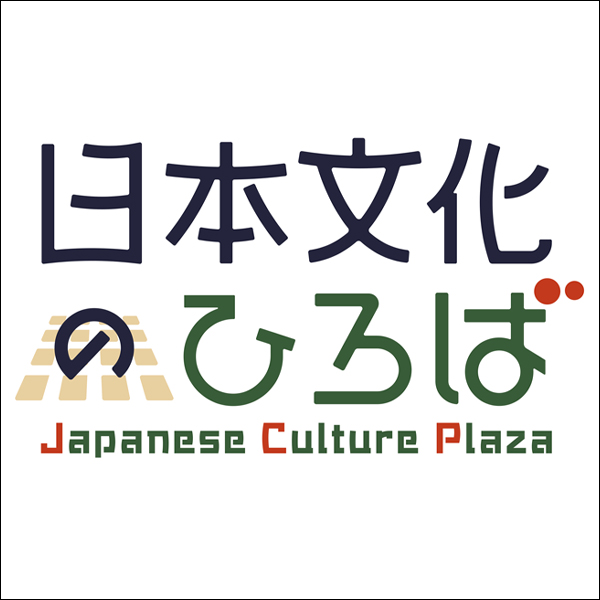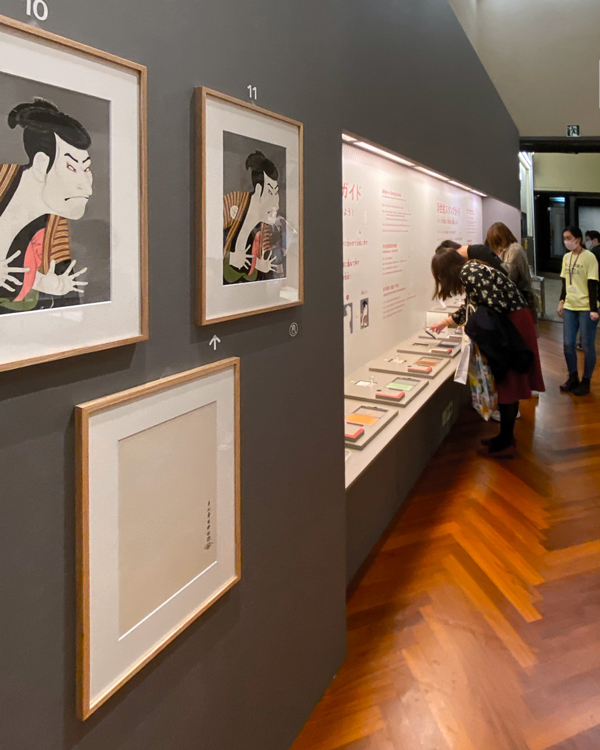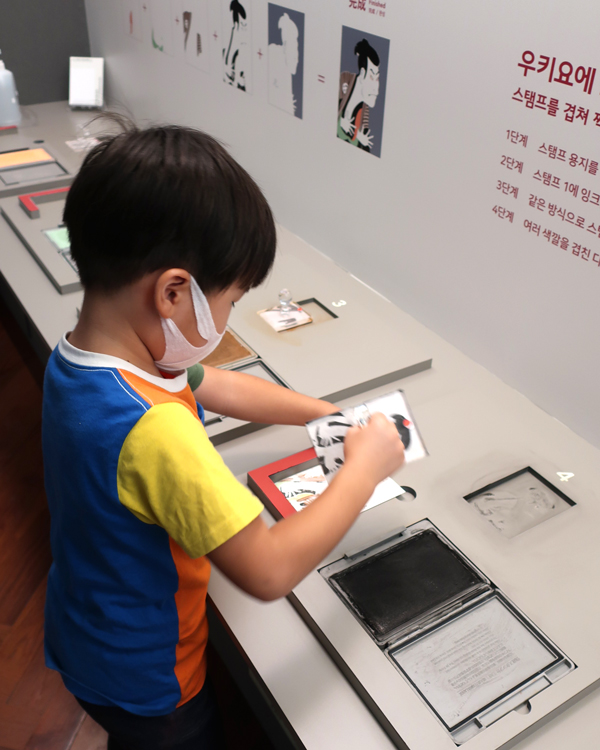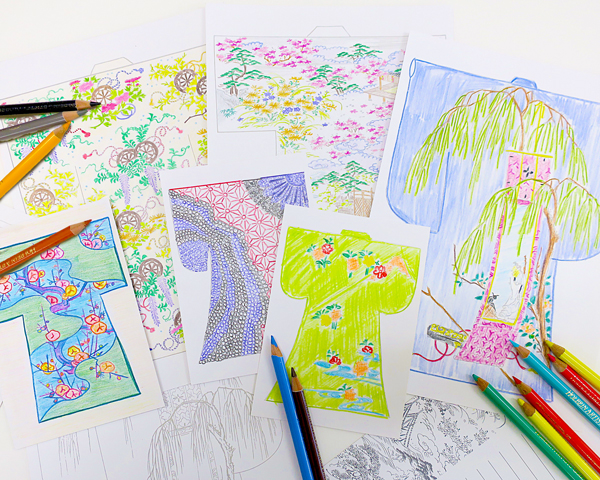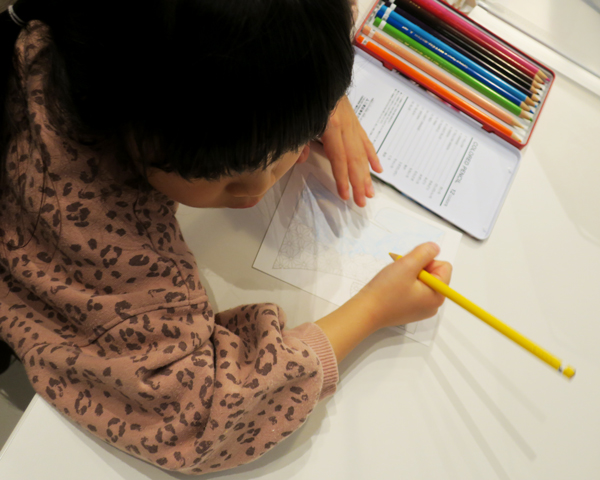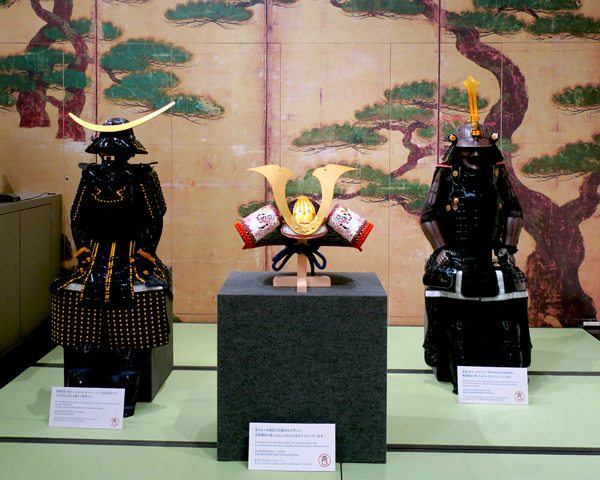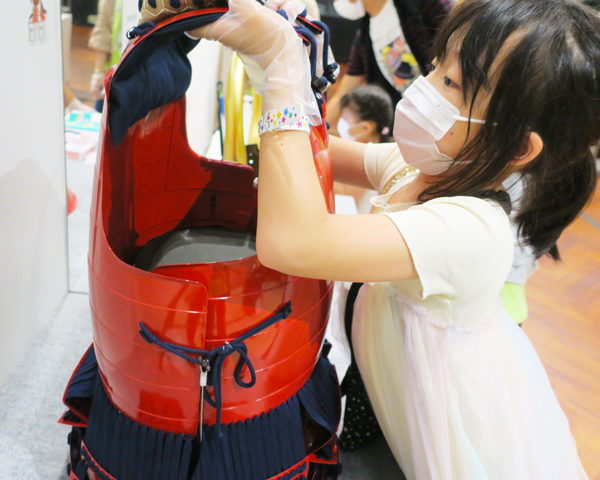Ukiyo-e
Ukiyo-e refers to paintings depicting people and daily life during Japan’s Edo period (17th to 19th century). In the early Edo period (17th century), these consisted exclusively of original works hand-painted by the artist himself, but the development of ukiyo-e prints later allowed the same painting to be printed countless times.
A multicolored printing technique called nishiki-e also emerged in which different woodblocks for each color were printed in sequence, making it possible to produce brilliant colors. At first, nishiki-e prints mainly depicted popular beauties and kabuki actors, but they eventually came to encompass various genres such as stories and landscapes.
Try creating your own ukiyo-e print by layering five stamps!
Kimonos
The kimono is known as Japan’s national costume. However, its original form was a garment with narrow wrist openings called kosode. Kosode were dyed with beautiful patterns or decorated with embroidery and gold foil.
Their patterns and layouts changed with the times. A kimono fashion magazine called Book of Designs for Kosode Garments was even published during the seventeenth century. The people of the Edo period referred to books such as this to enjoy dressing up.
Try coloring a kimono design from the Edo period with any colors you like!
Coloring Sheets (Large Size)
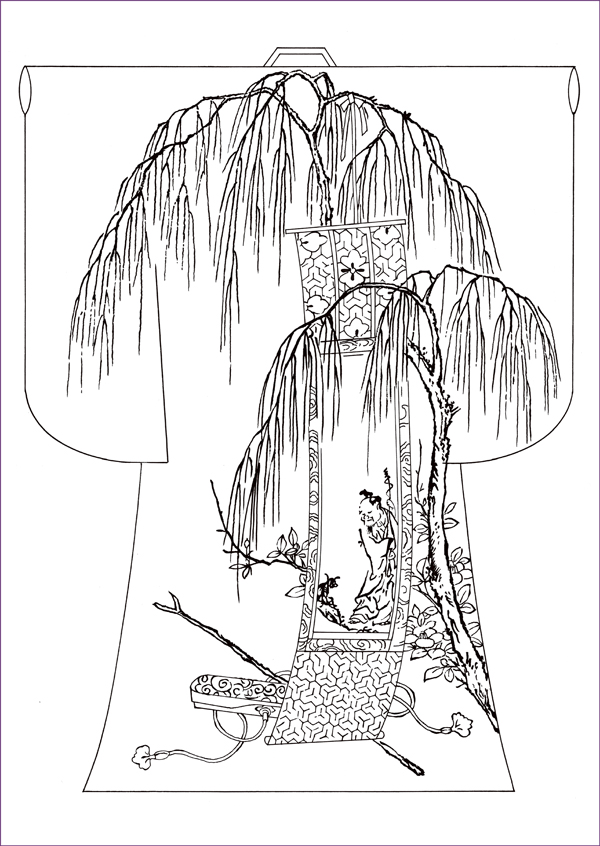

Illustrations from Kimono Pattern Book,
Hiinagata kiku no i
(“Chrysanthemum Well of Kimono Designs”)
By Mutō Ryūshi and others
Edo period, 1719 (Kyōhō 4)
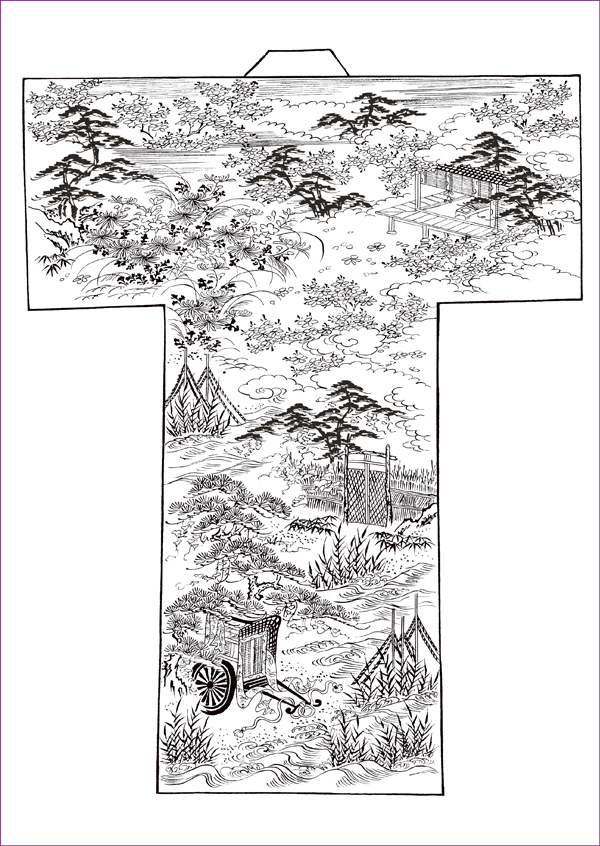

Kimono Pattern Book, Echigoya ishō hinagata
(Patterns from Echigoya,
Top Kimono Merchant in Edo)
Edo period, 19th century
Collection of the Tokyo National Museum
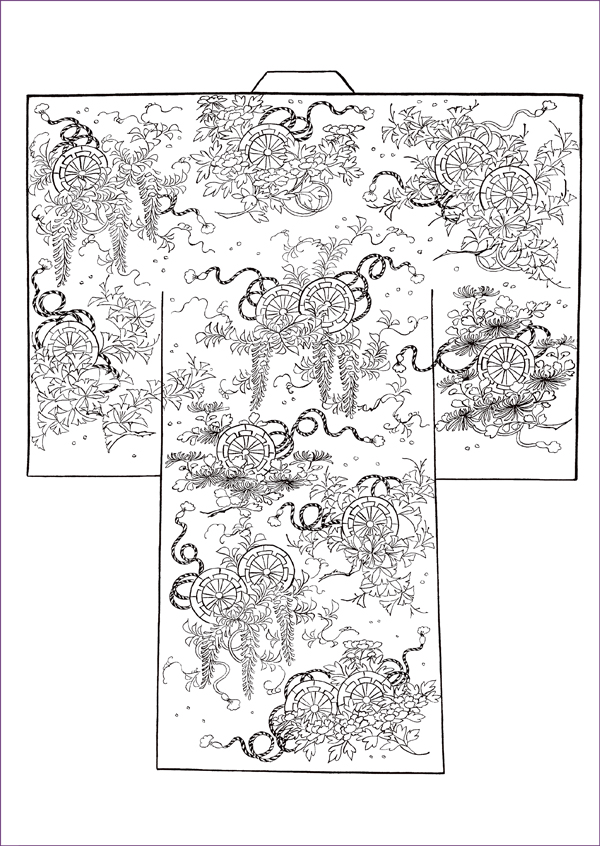

Kimono Pattern Book, Echigoya ishō hinagata
(Patterns from Echigoya,
Top Kimono Merchant in Edo)
Edo period, 19th century
Collection of the Tokyo National Museum
Coloring Sheets (Small Size)
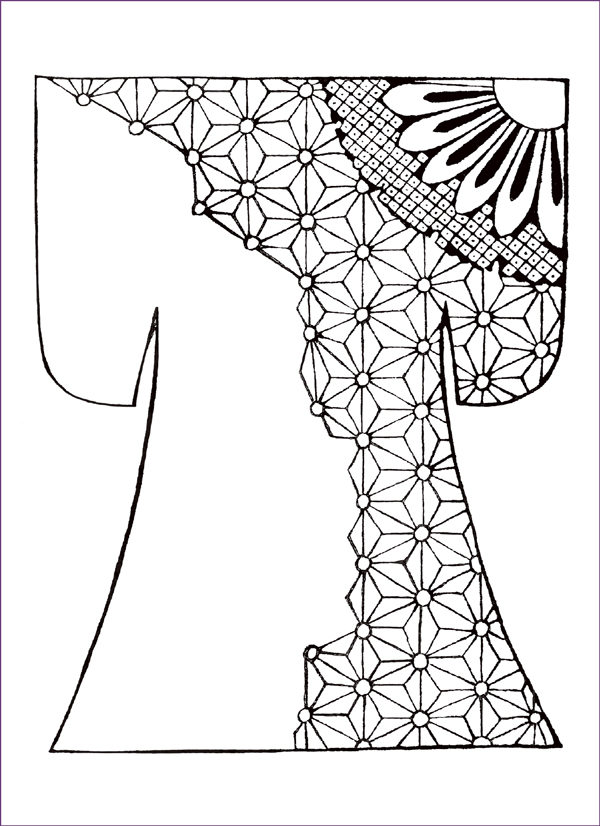

Kimono Pattern Book, Shinsen onhiinakata
(“Newly Selected Kimono Designs”)
Edo period, 1667 (Kanbun 7)
Collection of the Tokyo National Museum
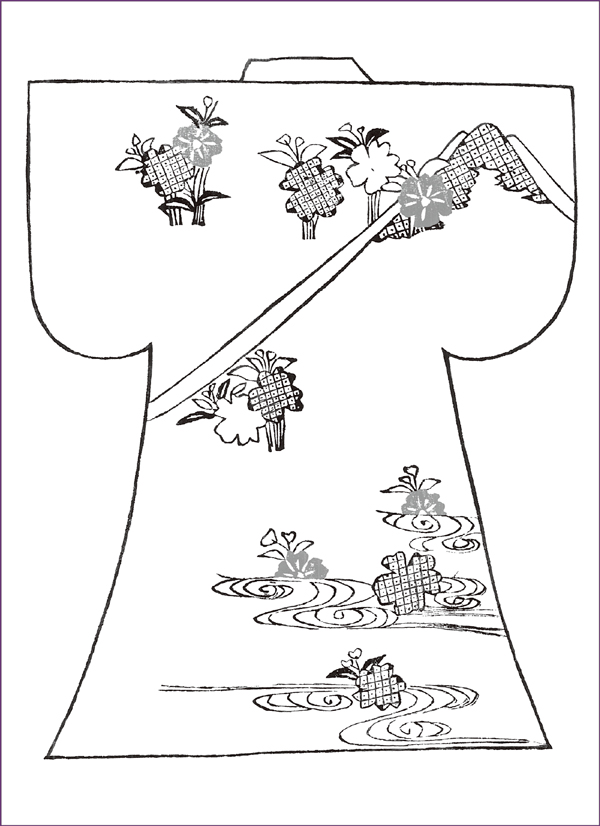

Kimono Pattern Book, Shinsen onhiinakata
(“Newly Selected Kimono Designs”)
Edo period, 1667 (Kanbun 7)
Collection of the Tokyo National Museum
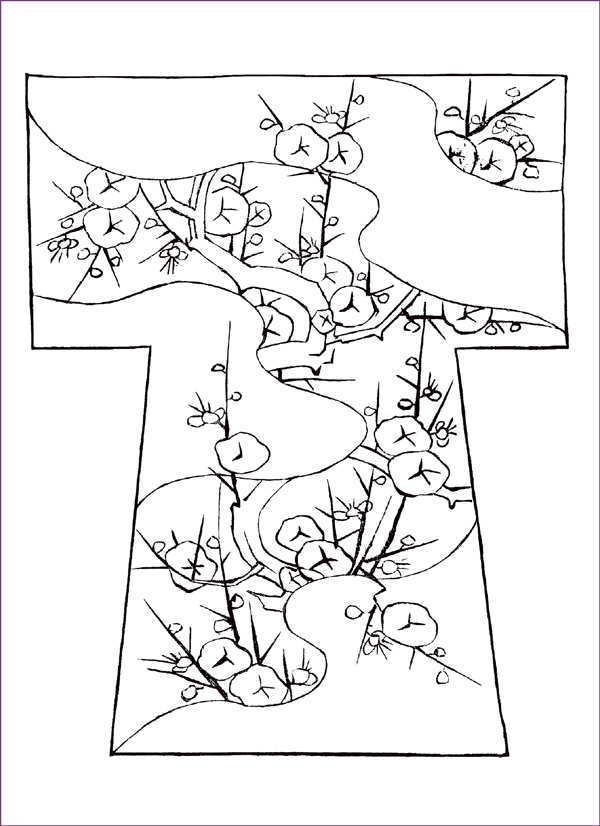

Kimono Pattern Book, Tōfū bijo hinakata
(“Fashionable Kimono Designs for Beautiful Women”)
Edo period, 1727 (Kyōhō 12)
Collection of the Tokyo National Museum
Armor
Japanese armor was worn by samurai not only to protect their bodies in battle, but also to showcase their prowess. It was therefore designed to be both strong and elegant, with various materials like leather, iron, and silk cords, as well as brilliant colors.
There are several different types. Tosei-gusoku armor like these provided impenetrable protection for the entire body while still allowing flexible movement and was designed in matching sets reflecting the tastes of the samurai who wore it.
If you look carefully and closely, you will see that it combines many parts of different sizes and shapes. That is why Japanese armor is able to provide ample protection for the body, while still allowing flexible movement.
Get hands-on with a touchable armor replica and feel its weight and ease of movement for yourself.

